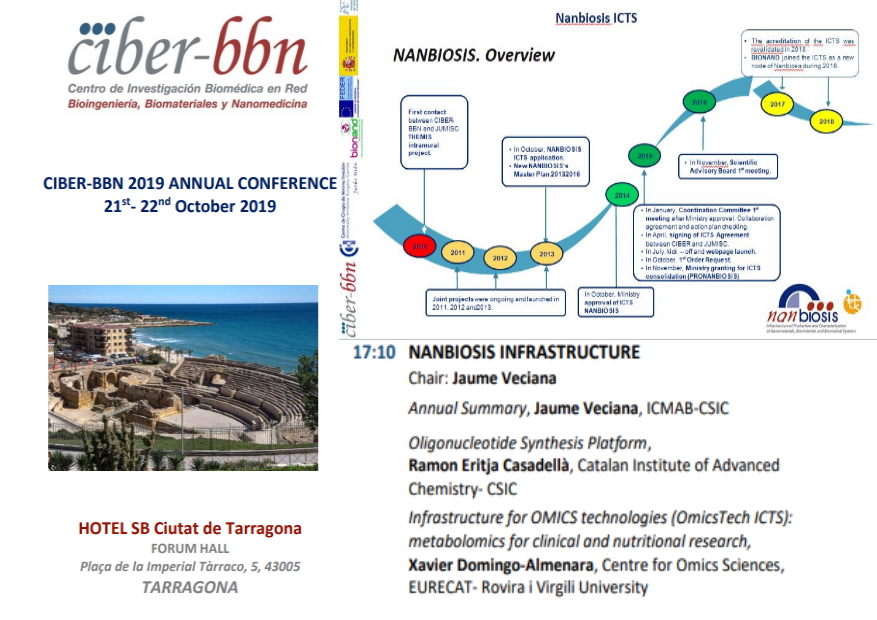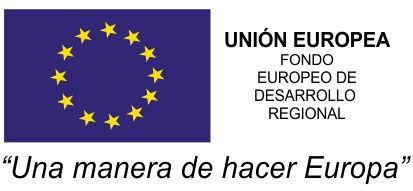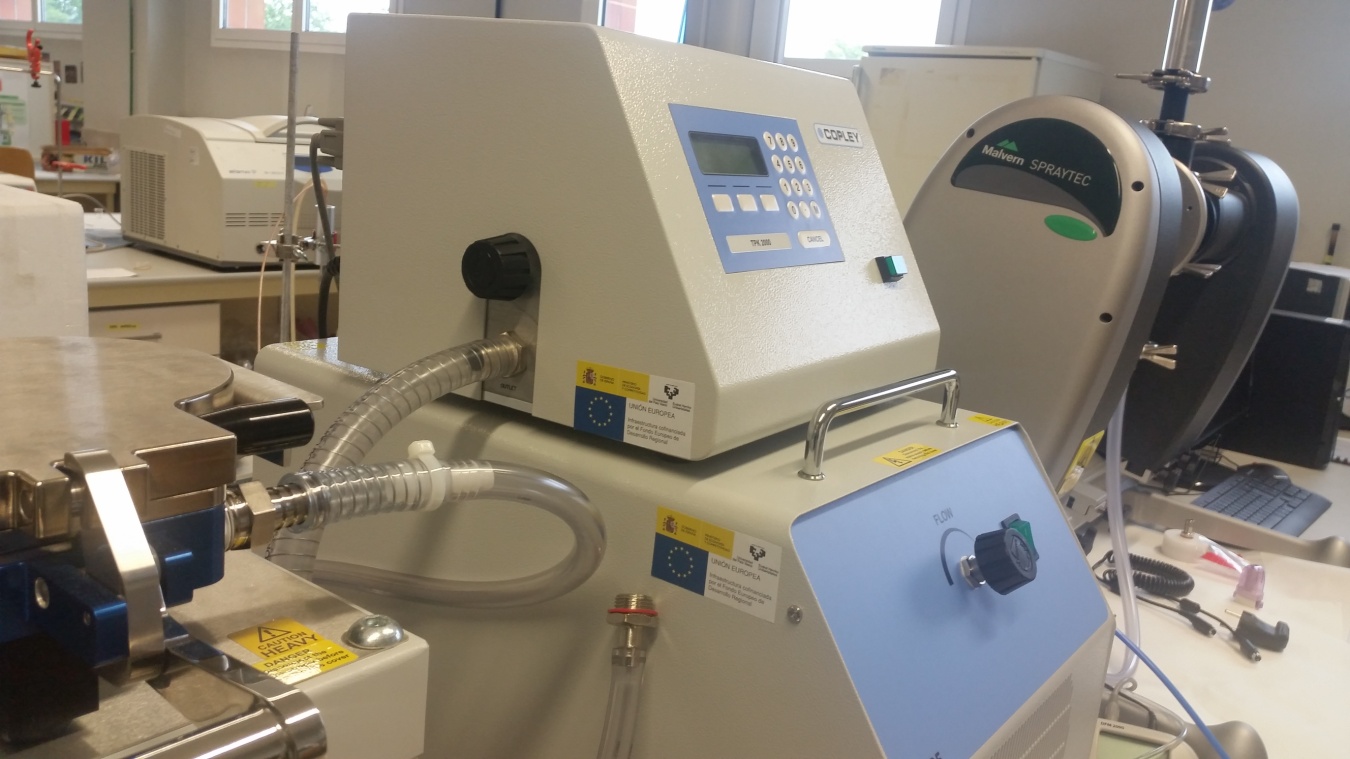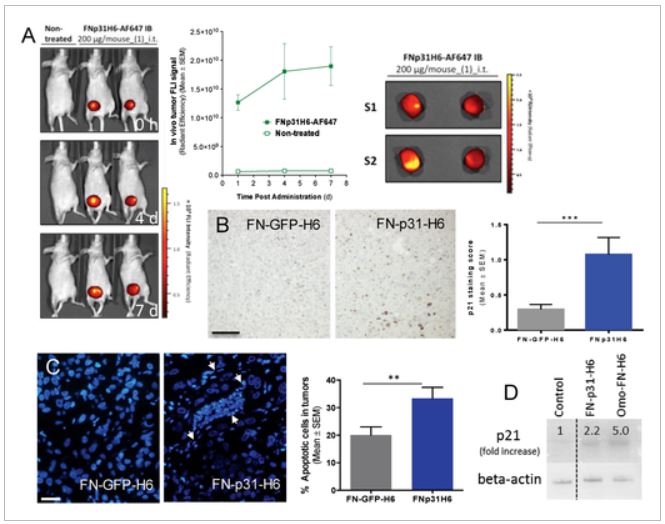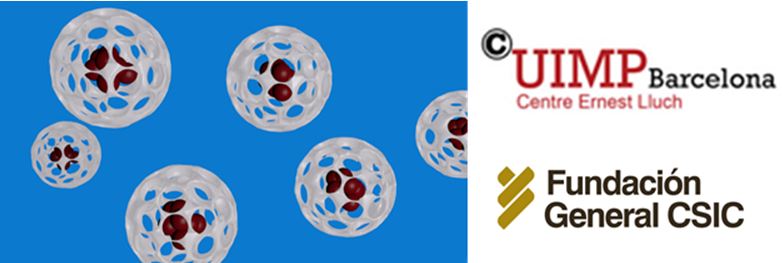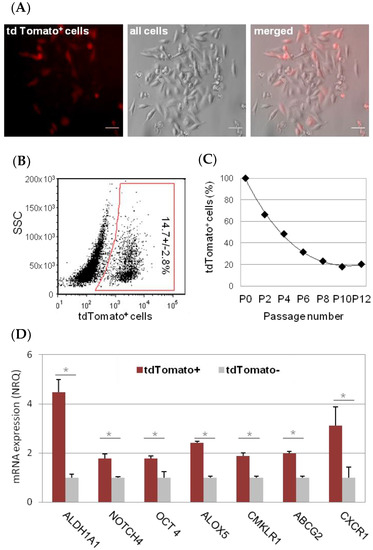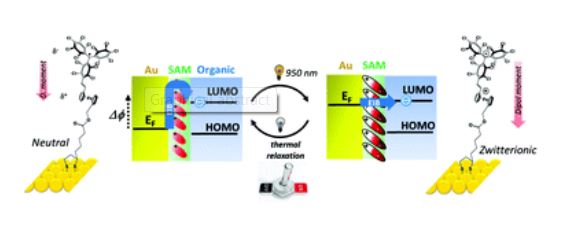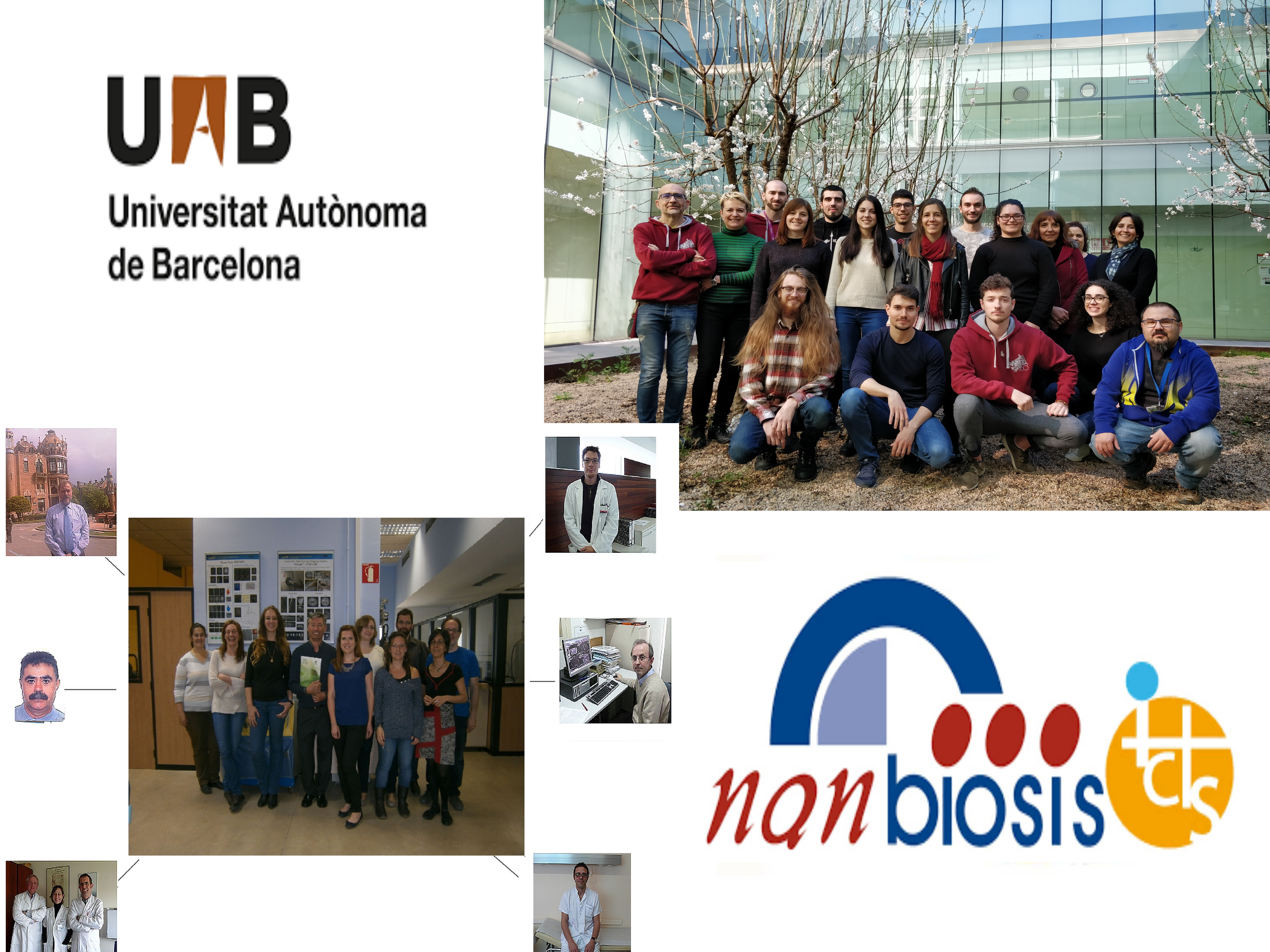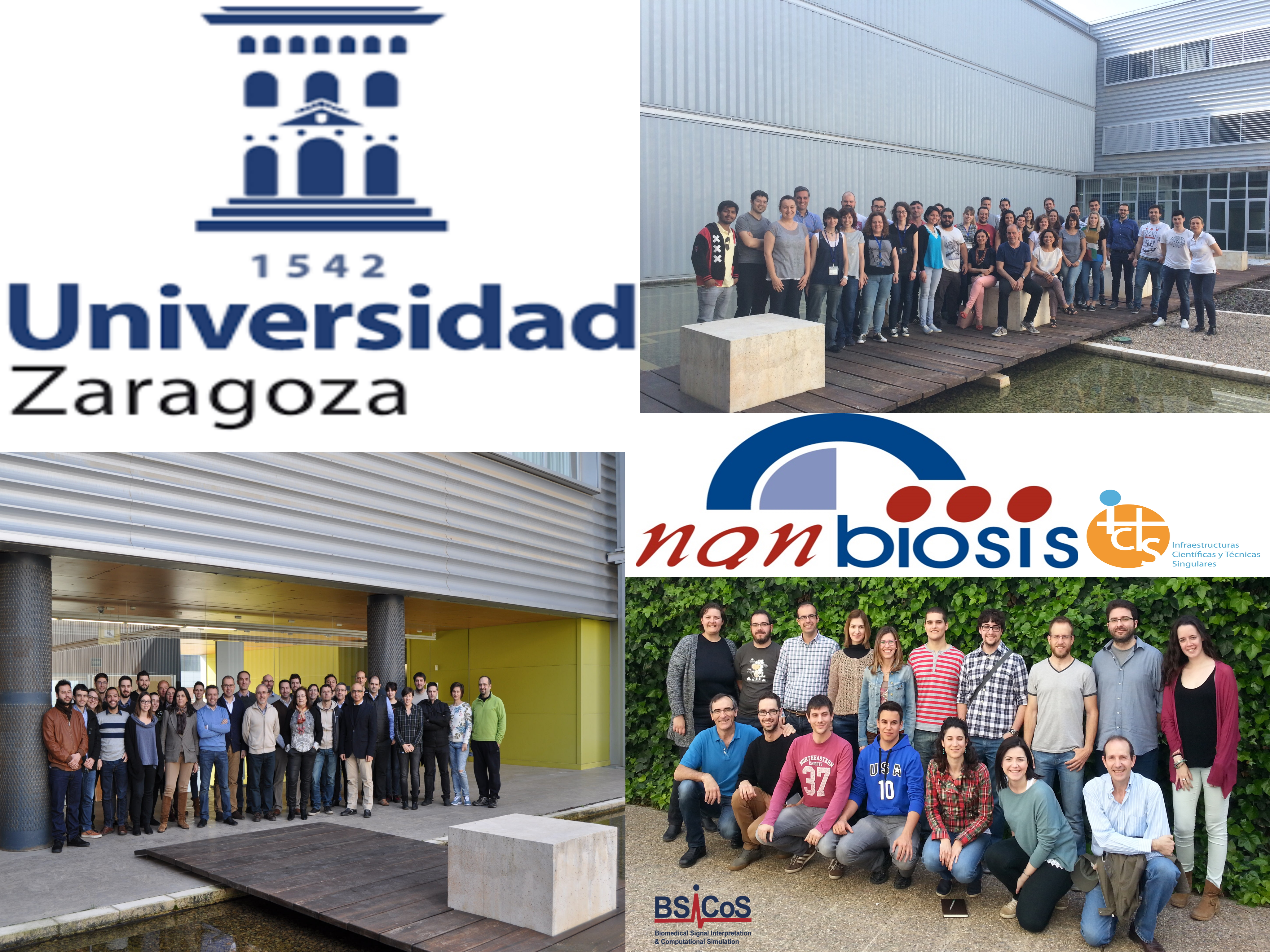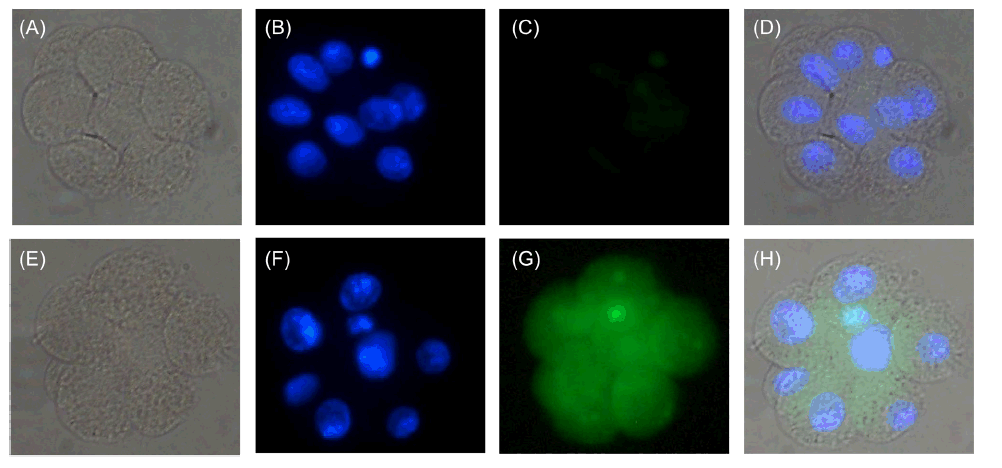Biomedicine Project Manager job vacancy
CIBER-BBN is looking for proyect manager for a european project in biomedicine to coordinate NANBIOSIS units participation in the project.
The position requires good command of English and strong skills in coordinating researchers.
Applications must be filed at CIBER’s web portal untill October 15.










